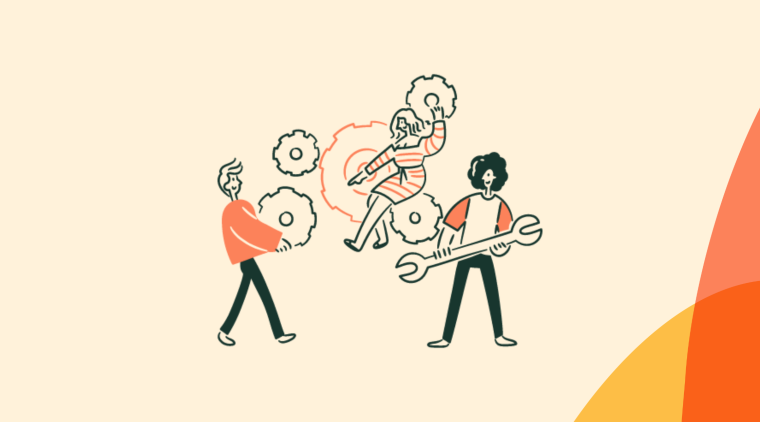There’s no bigger asset for companies than having strong and satisfying relationships with people. That’s what customer engagement is all about – building trust and emotional connections with individuals and organizations.
It’s about creating relationships with people who will not only care about your brand and make it profitable, but who will actively engage with it, acknowledge why it’s special among hundreds of other products, and dedicate genuine efforts in keeping it a successful long-standing one. Done well, customer engagement marketing can be one of the best ways to retain customers and expand your customer base overall.
Customer engagement is the process of interacting with customers through a variety of channels and strengthening your relationship with them.
Customer engagement is key because it is the closest thing to a guarantee for your product's success.
Customer engagement is about building a strong brand core, understanding your users, creating great experiences, and iterating based on feedback.
To learn more about customer engagement strategies and see examples of great customer engagement, read below.
What is customer engagement all about? #
Establishing a sole definition of customer engagement can be a tricky endeavor. Most of the hassle comes from the complexity of the definition of engagement itself.
But what's definitely true is this: companies need to recognize and track customer engagement in order to build a customer-centric business model.
To cut a long story short, we need to come up with a clear and assertive answer to what customer engagement is. Here’s HubSpot’s definition of customer engagement:
“Customer engagement is the process of interacting with customers through a variety of channels and strengthening your relationship with them. For many businesses, this process begins with the first interaction and extends beyond the point of purchase.”
Now, there are three things you need to consider when it comes to customer engagement.
1. Customer engagement is a two-way street #
The company is fully responsible for the reach of the engagement. But, like in any other real relationship, this is not a one-way street.
Your customer is not just a passive target with static needs you deliver satisfying goods or solutions to, they’re a willing and changing person you share an experience with.
If you acknowledge the living power your customers’ have upon this experience, as much as you have, you are really on the path of unraveling the mystery of successful customer engagement.
2. Be genuine and honest toward your customers #
In business, this translates into opinionated brands. If your customer is to be recognized at their fullest, your brand needs the same thing. Your brand should have a story, a personality, and therefore a consistent behavior.
Now, there’s no point in trying to reach customers at all costs, with any kind of message you think they want to hear and through any kind of potential channel.
If you truly connect with others without compromising your own voice, you’ll be genuinely loved and trusted—you’ll gain customer loyalty.
3. Customer engagement takes place everywhere and anywhere #
With customer engagement, there’s no first and last interaction. Since your brand is born, it builds the foundations for customers to fall in love with it. Of course, you can take specific actions to get their attention, but your business’ heart and soul evolution—well, that’s a never-ending exercise.
Taking all this on board, our definition of customer engagement is this:
“Customer engagement is the result of shared, genuine experiences between brands and customers, based on mutual will, acknowledgment, and respect. For customer-centric businesses, fostering these experiences with their customers is vital and lasts for the whole customer journey.”
Why customer engagement is so important #
You might wonder why putting so much effort into customer experience is vital for brand endurance and steady growth.
What happens when customer engagement prevails over simple transactional relationships as the top priority?
Well, the data speaks for itself.
According to researchers, 84% of the companies that work on customer engagement perceived a lift in their earnings.And loyal customers are 5 times more likely to purchase again and 5 times less expensive than getting new ones.
In a nutshell, customer engagement is key because it will guarantee your business continuity, not only from a financial point of view but from a symbolic capital perspective based on competitors’ differentiation and social reputation.
How to measure customer engagement #
Customer engagement seems like a difficult concept to estimate. But, even as slippery as it is, there are some customer engagement metrics you would find useful to track your efforts and check if you’re on the round of nurturing meaningful relationships with your customers.
1. Conversation rate (CVR) #
When you shoot a campaign with a specific call to action (CTA), the conversion rate measures the percentage of people that completed the suggested action. While the conversion varies from campaign to campaign, CVR is easy to calculate. Here is an example of a formula for conversion rate specific to the action of trial users converting to become paid users:

2. Net Promoter Score (NPS) #
This metric is key when you want to measure how satisfied your customers are with your product by asking them on a scale from 1 to 10 how likely they are to recommend your product to others. NPS is a net number that comes from:

3. Bounce rate (BR) #
This web traffic analysis metric tells you a lot about the health of your site as a customer engagement platform. It represents the percentage of visitors that leave your site right away without navigating it or taking further action.
BR = (total number of one-page visits / total number of entries) *100
Other metrics you probably don’t want to miss track of, are session time, frequency of return users, daily/monthly active users, and followers/reactions on social media.
Once you collect all this information, you can come up with ideas to reduce the bounce rate, and you’ll have an approximate knowledge of how engaged your customers are when they interact with your brand. Now, it’s time to transform these insights into actions.
4. Customer Satisfaction Score (CSAT) #
Customer satisfaction scores take a look at the level of the customer experience. The more engaged a customer is, the higher the satisfaction. A high CSAT score is a sign of a customer that is optimally engaged within your app. Here's how the formula works:

5. Time to Value (TTV) #
Time to value (TTV) is the time it takes for a customer to recognize and internalize value from using your product. This is otherwise referred to as the “aha moment”. A short TTV means your customer is likely to quickly realize your product's value which boosts conversion and retention. A big part of achieving short TTV is how good your customer engagement is, making this a metric to watch.

8 Customer engagement strategies you should adopt #
When designing customer engagement strategies, keep in mind to be truthful to your project and think about what special offering you bring to the table at all times.
Here are some golden strategies to be a winner in the customer-centric arena.
1. Build a strong brand personality #
Customer engagement is essentially a conversation between you and the customer. To successfully engage customers, your company should have a unique personality and identity, enough to inspire brand loyalty.
To start with, you should clearly define the key product positioning statements. These will certainly change and evolve with time, but you should always check the cohesiveness and coherence of your brand's identity.
When people choose a brand, it's not always about what value they're getting from them, but also about the why. Building a brand voice that speaks and acts according to its principles is what would eventually establish your company as a thought leader in the market.
2. Get to know your customers deeply #
The equivalent of building partnerships in business is a combination of creating your target customer’s ideal profile and, at the same time, researching the real field of current and potential users of your product.
Ask yourself about the kind of customer whose needs will be met by your product. Describe their characteristics, survey their preferences, create user personas, and use analytics to understand their customer journey.
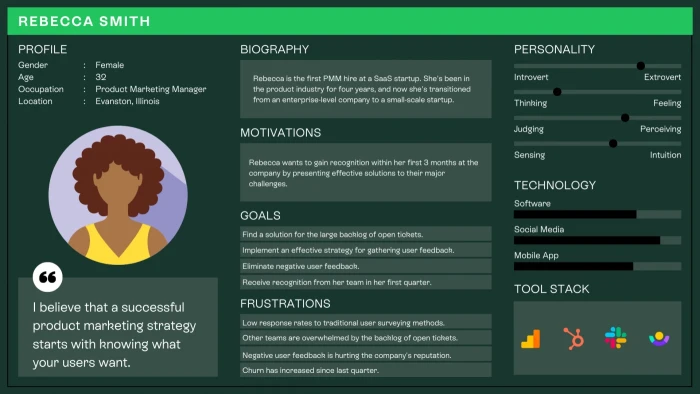
An example of a user persona
Customer success platforms can help you track their behavior, respond efficiently, and send custom-made campaigns using real-time data. Keep your focus on realizing and addressing what drives them to find value in your product.
This way you’ll have valuable information to create personalized customer experiences and above all, keep fostering product-led growth. If you improve the lives of your customers, you’re definitely adding value to their world—as every good and true partnership does.
3. Engage customers with great onboarding #
The first impression of your product is your entrance into your customers’ hearts. If you miss this opportunity, you’ll have to make a huge effort to make amends. This is where onboarding comes in.
Email is one of the most common ways to onboard new customers. You can design your SaaS welcome emails thoroughly and pay special attention to introductory and instructional videos.
In-app onboarding could be an even better customer engagement strategy since you are guiding them as they are using your product. Like this example from Segment:
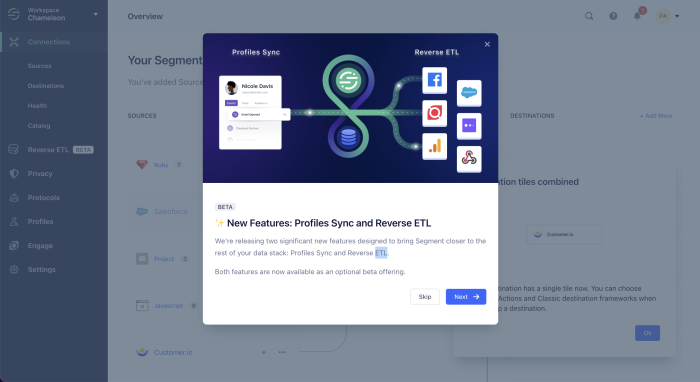
Keep in mind that welcome emails and intuitive UI design aren’t enough. User onboarding goes beyond that and you need to master it if you want your customer engagement strategy to be at the top.
At Chameleon, we take user onboarding seriously, and here’s your opportunity to understand the concept better and apply best practices. Download our User Onboarding Handbook and start building effective onboarding flows.
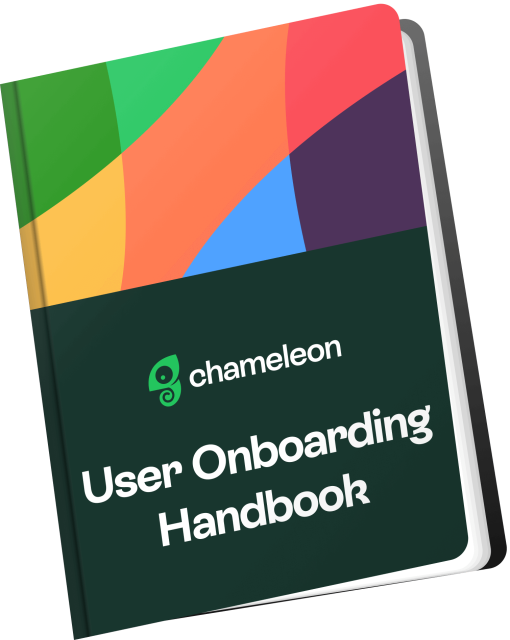
User Onboarding Handbook: Craft Exceptional Flows
It's your go-to guide to user onboarding – backed by behavioral science and packed with tips, tools, and tactics you can use to level up your onboarding game. We'll send the eBook straight to your inbox.
4. Tailor your customer engagement to the customer journey #
The path that a visitor takes to becoming a loyal customer consists of multiple stages, and for every step of the entire customer journey you need to adjust how you approach customer engagement.
The customer lifecycle journey looks like the following:
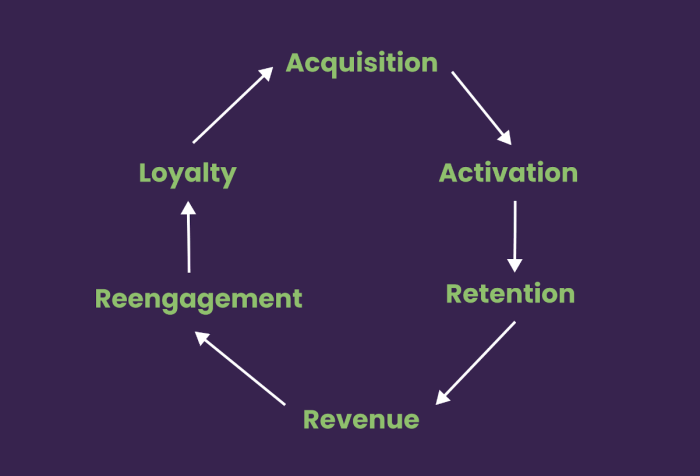
Each path between the stages is not exactly the same. Acquisition to Activation is about leading customers to value as quickly as possible. Activation to Retention is about making customers stay after they have discovered there is value.
As George Chasiotis, Managing Director at Minuttia, explained in our recent webinar, one of the biggest mistakes companies make is not tailoring the customer interaction according to where the user is in their journey.
"If you expect that every page that you create, and every piece of content you publish is going to turn visitors into customers, here’s a quick disclaimer—it's not going to happen. And you should be very clear about the expectations you set for every piece of content or page that you publish out there. Not every page should sell your product."
– George Chasiotis, Managing Director at Minuttia
In order for you to have successful customer retention, and win loyal customers, you have to tailor your customer engagement activities according to the conditions of each stage.
To learn more about the customer lifecycle journey and what engagement strategies you should employ, read our webinar recap.
5. Personalize the customer experience #
Every customer experience is different, which means you have to engage customers at the right time in the right way. In other words, you need to personalize customer engagement throughout their journey through your product.
A common way to do this is to segment your customers. These are attributes that you assign to your users to differentiate and categorize them.
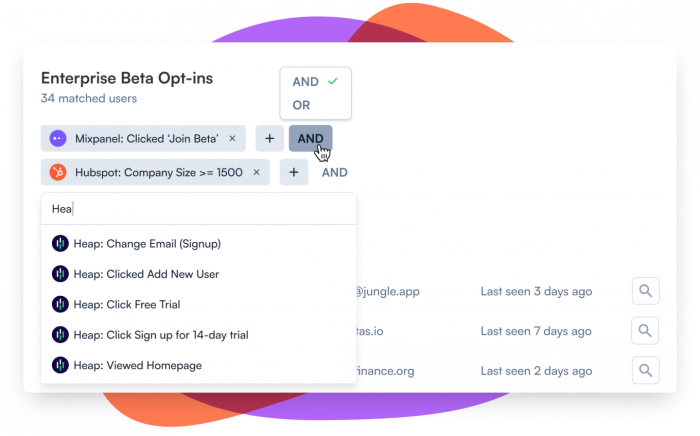
An example of what user segmentation looks like
And it isn't just a top down exercise like defining what their goals and pain points are. Rather you have to look at the customer experience data and segment them based on the behaviors they display within the product.
For instance, if a user is constantly running into a maximum number of usages for a product per given period of time, you may want to engage the customer with an upsell suggestion. Imbuing your customer engagement strategies with such timing and precision allows you to have more success in winning customers over.
6. Gamify customer engagement #
Video games are good at one thing: getting people hooked on the experience. Which is exactly what great customer engagement should do, to get them hooked onto your product right away. That is why gamification is beneficial when it comes to creating a unique customer experience.
You might think, 'does this mean I need to make a video game?' Not at all. Gamification is about creating a system of reward and progress that motivates people to continue with their customer experience.
Here are progress bar examples from Cooltra and Wise. Cooltra uses a simple dotted bar, while Wise uses a progress bar replicating Instagram stories, as something that majority of users is familiar with.
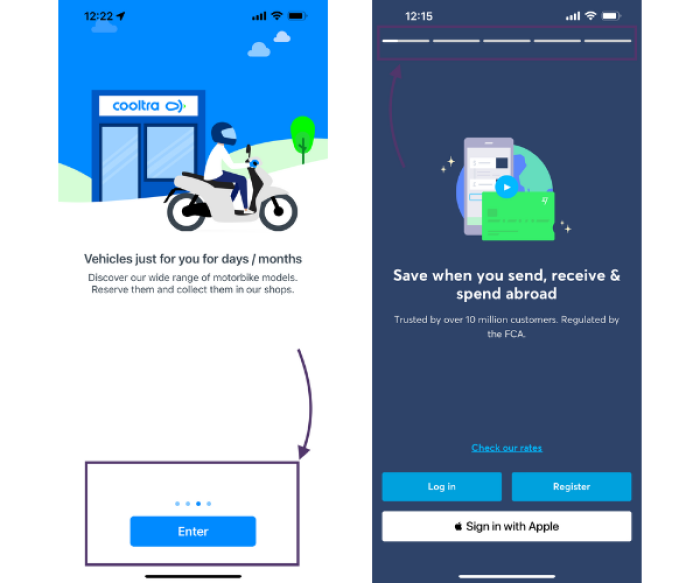
Source: Cooltra (left) / Wise (right)
In essence, gamification involves turning your customer engagement into a process that organically provokes people's motivation. When you gamify a customer experience, you don't need to force anyone to pay attention or carry out an action. Rather, when done right, gamification will leave customers itching for more.
Common gamification tactics are:
Progress bars
Badges and awards
Leaderboards
In-app prompts and challenges
Redeemable awards
Levels
Build gamified in-app experiences that delight users
Use Chameleon's no-code tools to easily create in-product customer experiences that lead users to success.
7. Create a feedback loop #
One of the best ways toward customer satisfaction is to know what your customers are actually thinking, and nothing is more direct than simply asking the customers.
It is a common practice to ask for customer feedback, whether it is through an email survey, or an in-app survey.
However, it is not enough to simply collect customer data. You have to turn it into an actionable insight, iterate, and then ask again. Hence, in order to increase customer engagement through feedback, you must create a feedback loop. It’s an ongoing cycle that revolves around building, measuring, and learning.
One of the most widely known feedback loop strategies is the ACAF framework. It is a system in which you ask for feedback, categorize the feedback, act on the feedback, and follow up with those who gave the feedback.
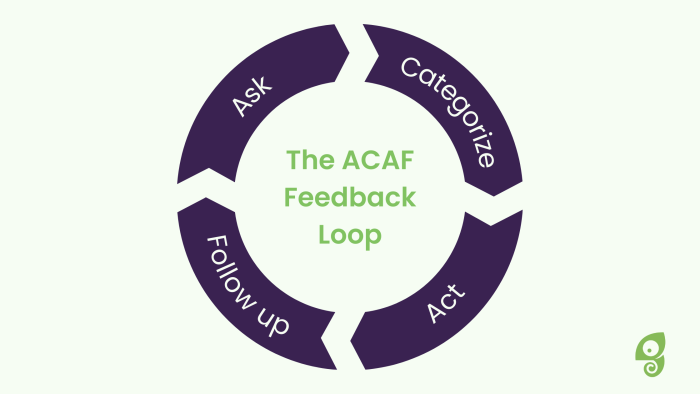
Using a feedback loop allows you to improve customer engagement strategies by incorporating insights that come directly from customers. In addition, it can also engage customers even further by making them feel like they are part of the product development process.
8. Experiment and iterate until perfect #
And, last but not least, successfully engaging customers and creating great customer experience is all about continuing to experiment and learn. Fostering lasting customer loyalty doesn't happen overnight. No matter how good your customer engagement strategy is, you'll have to go through a series of trial and error in order to get it right. Iteration is the way to perfection.
This is why you need to do split testing. If your existing customer experiences are resulting in high drop off rates, then execute an A/B test to see what improvements will increase customer engagement and result in more customer retention or conversion. Let evidence drive your iteration and improvement.
4 Real-life customer engagement examples of brands #
Now that we have looked at strategies that lead to great customer experiences, let's look at some real-life examples of how companies make the best out of their user engagement strategies and successfully cultivate customer relationships that lead to business success.
1. Autodesk: Gamification done right #
Autodesk is a B2B design software company with complex products and a wide array of customers. They're the ones who practically sprouted the CAD (Computer-Aided Design) market.
When Autodesk released the 2013 version of their 3DS Max software, they wanted to create something special in order to increase their trial conversion rate. The 3DS Max's target audience were special effects artists, graphic designers and game developers. Thus, they tapped into gamification as a means of customer engagement.
The game was called 'Undiscovered Territory' and it was embedded inside the trial software. The missions inside the game were related to learning about the software, such as turning concepts into 3DX Max layouts, all with video tutorials attached with each mission.
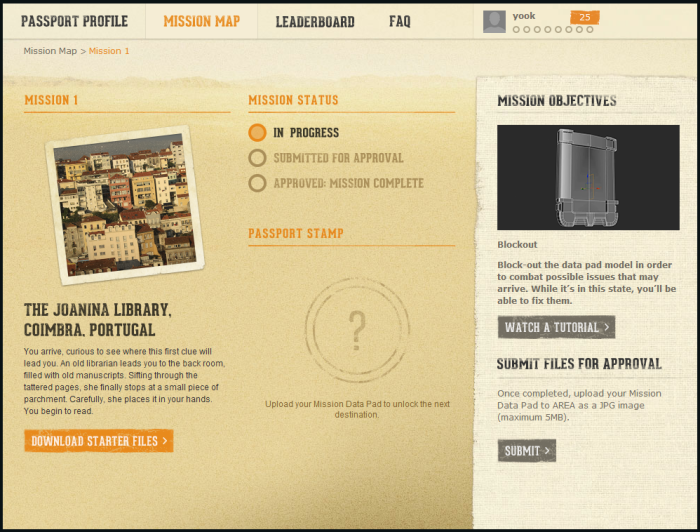
The results were hugely effective in engaging customers. They had 54% increase in trial usage, b increase in buy clicks, and 29% increase in channel revenue per trial start.
2. The Motley Fool: Onboarding Tours that drive customer engagement #
The Motley Fool wanted to figure out how to get new members to discover the value in their Stock Advisor service. Their data suggested that the first eight days were the most critical for their members, and that actions taken during this period would determine whether their customers stuck around or not.
At the time, the product had an onboarding process primarily driven by email. But what they needed was a customer engagement solution that appears right inside the product to nudge users in their first month.
So they used Chameleon Tours to quickly implement an in-app onboarding process that would engage customers to use Stock Advisor's features.
With their first onboarding Tour, they saw big improvements in customer activation. More users were completing key actions that would lead to better conversion. Within two weeks, they already saw increased customer retention.
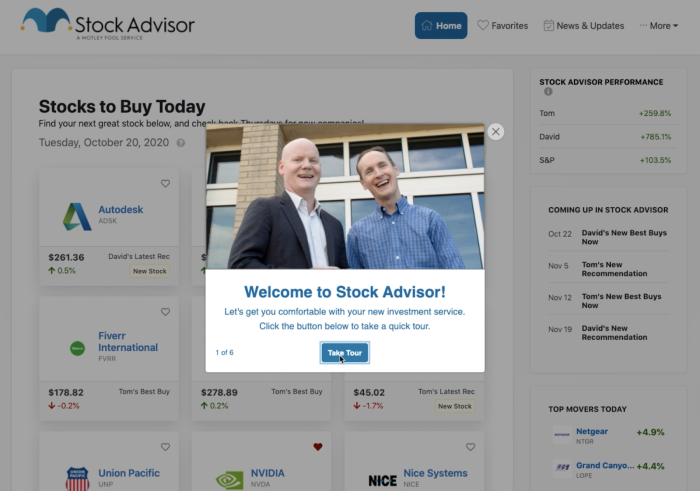
In fact, the numbers show the results of engaging customers through onboarding. The Motley Fool achieved a 9% reduction in churn over the members' first 45 days.
3. Shortcut: Increased activaton rates with one in-app experiment #
Founded in 2016, Shortcut is a project management software company. As the company grew, its team realized that in order to reach the next level, they would have to test various growth initiatives. For that, they needed data on the customer experience.
So they created a feedback system into their product via Chameleon Microsurveys. One of the first places they looked at was their signup flow, where half of their users were blocked at the first step—filling in their company name. They engaged customers by having a Microsurvey launch when they got stuck.
The data revealed that users were already part of a larger organization or using Shortcut for a side project. Thus, people didn't know what to enter in the company name, which was creating friction.
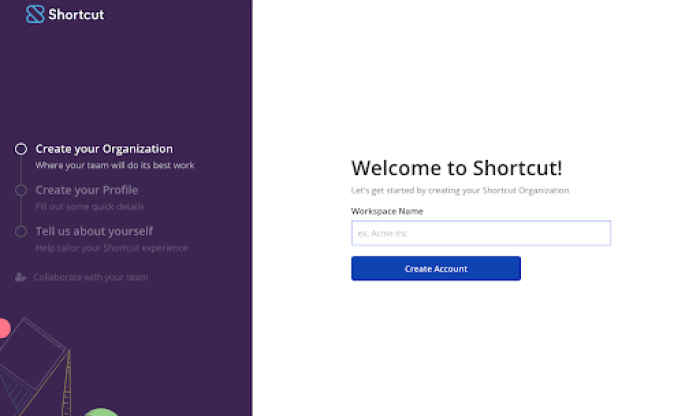
Armed with this data, Shortcut ran an A/B test to see if changing "Company Name" to "Workspace" would better lead to customer success.The results were astounding: Conversion rate increased by 8%.
4. Lucy: 5x increase in key action completions with in-app messages #
Lucy, an AI solution for knowledge management, wanted to increase the activation of critical features that would lead to higher product adoption.
So Lucy set out to do this with in-app customer communication. Lucy created a series of in-app messages that formed a Product Tour that would guide new users through the application.
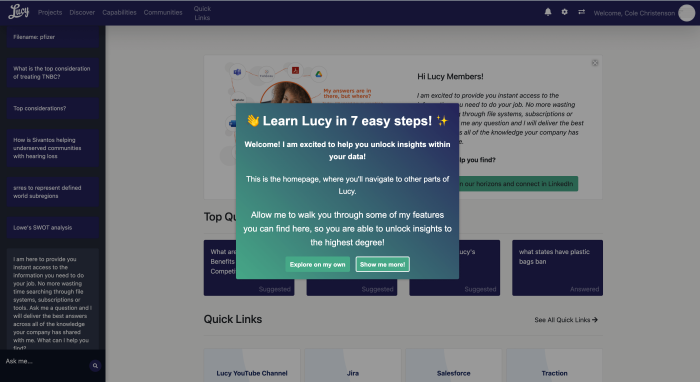
The result was that Lucy had increased the number of key actions completed by 5x. Such fully engaged customers represent higher adoption of the product, which means better conversion for trial users, as well as superior retention.
5. AvidXchange: increased customer education that deflects support tickets #
Another to boost customer satisfaction through customer engagement is to provide great in-app education regarding your product. This can result in fewer support tickets because your users will be much more informed about how to navigate your product, which is what AvidXchange exactly did with their onboarding.
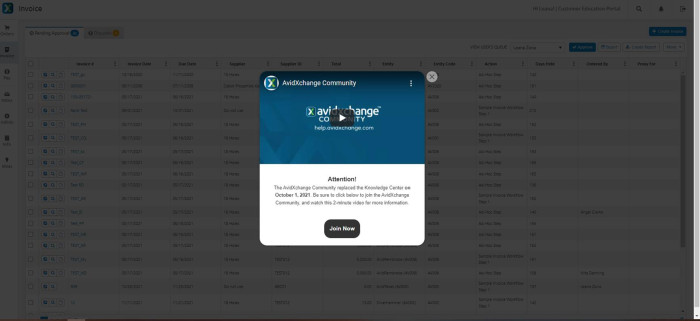
Their product tour resulted in 20,000 support tickets deflected in 12 months. Aside from the fact that how this is a sign of higher customer satisfaction, eliminating this many tickets took off a heavy burden from their support team.
It’s your turn to rock at customer engagement #
The key takeaway here is that customer engagement is complicated and needs a lot of work. But as long as you pay attention to the right metrics, create customer experiences that delight users, and constantly experiment to improve and iterate, your product will turn into a conversion-machine.
To create in-product experiences that will drive customer activation, engagement, and retention, you can use Chameleon to get relevant, contextual user feedback with Microsurveys, build in-product Launchers to facilitate self-serve learning, and more!
Remember, if you build your product in a personalized way—the same way you should approach and communicate with your customers—unlimited success is just around the corner.
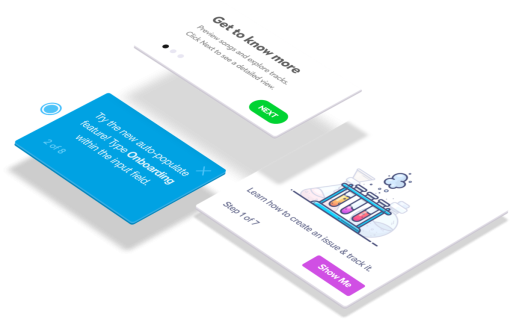
Create in-app experiences that retain and convert users
Chameleon makes it easy for product marketers to create tooltips, modals, and product tours without code



